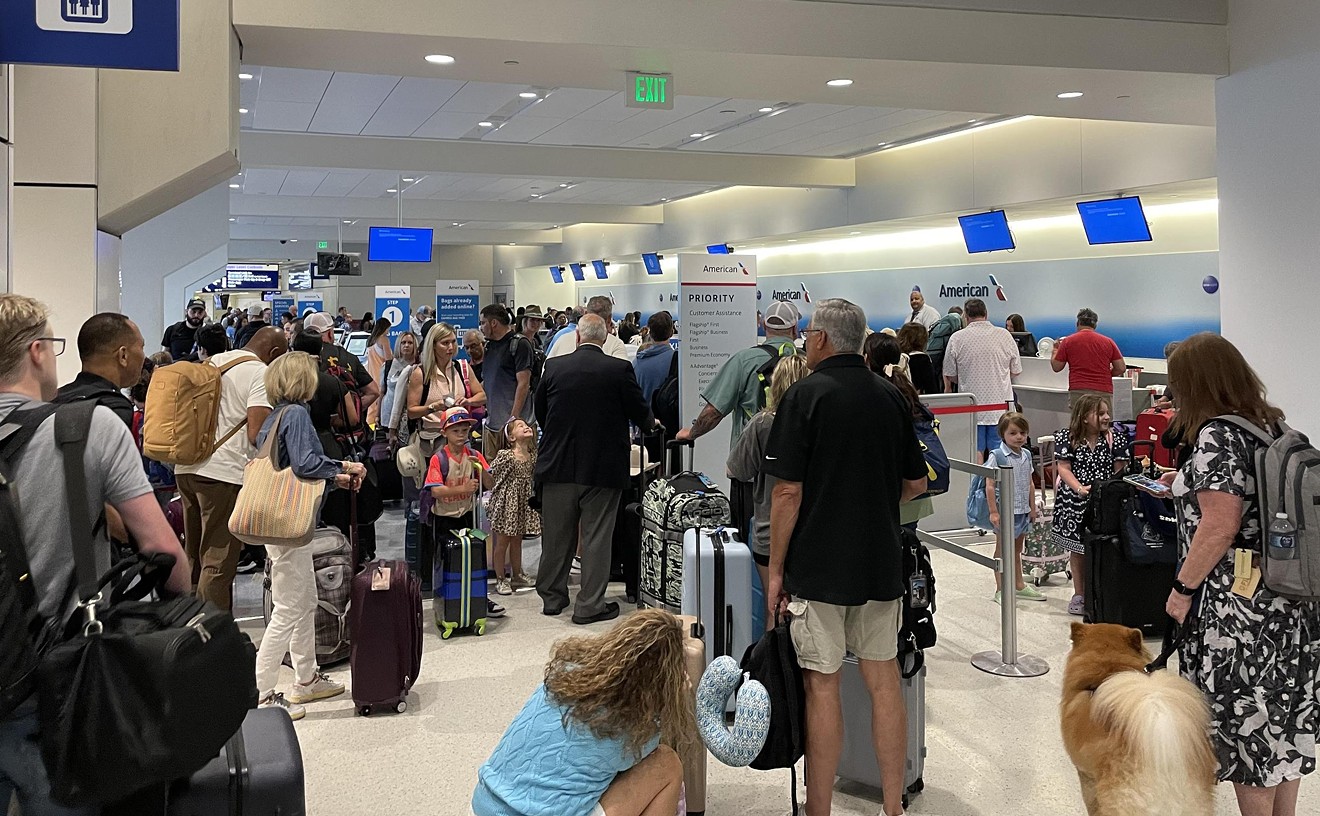Dallas racked up its arrest lead although it has the country's fourth-largest population of undocumented residents, according to Pew's latest estimates. The New York-Newark-Jersey City region has nearly three times as many undocumented residents — 1.15 million to 475,000 — but recorded only a fraction of the number of arrests made in Dallas — 2,576 compared with 16,520.
Isaul Verdin, a Dallas lawyer specializing in immigration and nationality law, said the Dallas ICE office sees a large number of arrests for multiple reasons. First, the area covered by the office is huge, encompassing Dallas and Fort Worth but also extending as far south as Waco and as far west as Lubbock. More important, he said, is North Texas' political reality.
While cities in the northeast and on the West Coast have adopted policies that make it harder for ICE to make arrests in their jurisdictions — check out this report from the agency documenting several jails, including facilities in Austin and New York City, that have turned down detention requests from the agency — some North Texas police agencies have no problem working with ICE, which did not return a request for comment on this story. (See editor's note below.)
In July, 18 Texas counties, including Tarrant County, entered into an agreement with ICE allowing local officials to enforce federal immigration law. The Texas Legislature's new anti-sanctuary cities law allows local authorities to ask about the immigration status of anyone they've detained — including during traffic stops — and requires local governments in the state to fully comply with federal immigration authorities. Several of the state's major cities, including Dallas, have sued to stop the law's implementation.
"You see police departments, sheriff's departments and other law enforcement agencies that are more willing to cooperate with ICE." — Isaul Verdin
tweet this
"In this jurisdiction, this part of the country, you see a lot more cooperation from local law enforcement," Verdin said. "You see police departments, sheriff's departments and other law enforcement agencies that are more willing to cooperate with ICE. The dynamics are different in other parts of the country where you see, almost, conflicting interests [between state and local authorities]. The culture is just not one to cooperate with ICE."
When people are arrested, they are making different choices, thanks to the behavior of the Trump administration, Verdin said. While it is true that the Obama administration had higher deportation rates than both the Bush and Trump administrations — thanks in large part to the number of people Obama-era agents caught near the border — the Trump administration is harder to work with after a client has been arrested.
"Now they're really pushing people out, or being persuasive enough to get them to sign off on the voluntary removal," Verdin said. "When somebody gets detained, it can go one of two tracks: One, it can go through the courts or two, if ICE gets them to sign off, it can quickly turn into a voluntary removal."
Before Trump was sworn into office, it was often worth it for his clients to go to court, Verdin said, because he could negotiate with government lawyers to obtain an administrative closure, a procedural mechanism that temporarily stops deportation proceedings and removes a case from the court calendar. Administrative closure is no longer an option for immigration attorneys, so many clients elect quick deportation rather than a no-win court hearing.
"Now, it doesn't make sense to get sent to court," Verdin said. "There are no possible positive outcomes, whereas before, there were positive outcomes available."
Update: Feb. 14, 11:30 a.m. — The Observer received the following statement from ICE Dallas Field Office Director Bret Bradford:
“The Dallas Office of U.S. Immigration and Customs Enforcement’s (ICE) Enforcement and Removal Operations (ERO) attributes its significant increase in immigration arrests and immigration removals in FY 2017 to two primary factors. First, the executive orders issued last year removed the strict parameters imposed by the prior Administration which allowed public safety threats to remain at large to continue to victimize our communities. Under the new executive orders, all immigration violators may be subject to immigration arrest, detention and, if found removable by final order, removal from the United States. Secondly, ERO Dallas enjoys nearly 100 percent cooperation with our immigration detainers being honored, which results in enhanced public safety.
One other factor figures most prominently into any analysis of statistics — the continued hard work and dedication of ERO Dallas employees who routinely overcome significant challenges and obstacles to help improve public safety by removing criminal aliens from the streets, and from our communities.”












